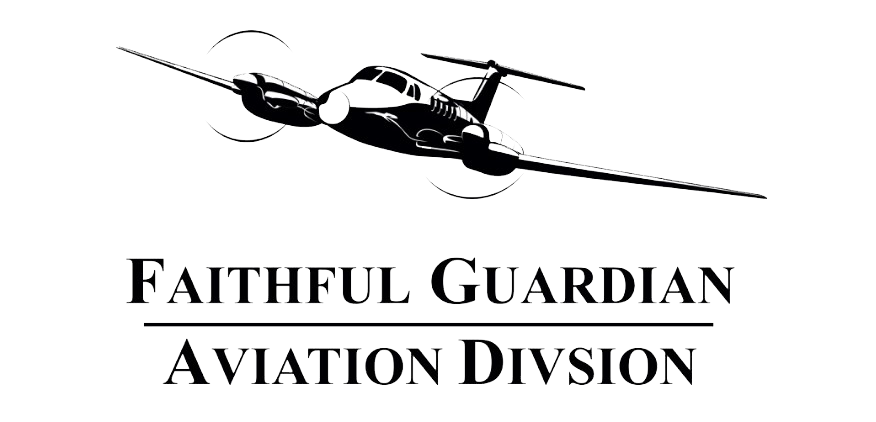Aviation Primitive Beginning
The Rapid Pace of Aviation
Sometimes we don’t always realize it, but manned aviation is a fairly recent phenomenon in human history. For thousands of years man had dreamed of flying like a bird, but it has only been within the last few centuries that that dream has become a reality. Today, it not uncommon for someone to hop on an airplane and within a few hours land thousands of miles away from our departure point.
Aviation has progressed at a blistering rate throughout the 20th century especially. At the beginning of the 20th century, flight in a manned craft was possible for only a few seconds: within the space of a lifetime, humans were landing on the moon. Beyond, we will learn about the evolution of aviation by highlighting key themes and developments in a chronological manner. Up, up, and away!
Early Advances: Balloons and Airships
Modern aviation as we know it began in 1783 with the successful launch of a manned ”lighter than air balloon”, or as we call them today, a hot air balloon. This balloon was tethered to the ground and launched in Paris by the Montgolfier Brothers. Shortly afterward another flight was conducted, but this time there was no tether. The balloon ascended some 500 feet and traveled 6 miles. Interestingly enough, Thomas Jefferson, John Adams, and Benjamin Franklin were in Paris at the time and witnessed the flight. Almost immediately, ”ballooning” became one of the biggest fads in Europe.
Steering the course of the ”lighter than air” ships was a problem, however. By 1852 a steam powered craft had been developed. Known as the Giffard Dirigible, after its French inventor Henri Giffard, this ship was the precursor to modern airships like the Zeppelin. Dirigibles were often kept afloat by hydrogen gas and were popular well into the 1930s.
The Wright Brothers and the World Wars
It was one thing to build a ship that was lighter than air that could fly, but building a machine that was heavier than air and making it fly was another matter. Many people in the 19th century and even into the 20th century maintained it couldn’t be done. Canvas and wooden gliders had become popular during the 19th century, but a powered machine that could provide sustained flight presented challenges. Nevertheless, in 1903, American brothers’ Orville and Wilbur Wright made the first sustained, heavier-than-air flight from a manned powered machine. The craft, called the Wright Flyer, was the first real airplane and was flown from a beach in Kitty Hawk, North Carolina. The Wright Brothers’ success rested on a new technology called wing-warping, which allowed the wings of the plane to bend and shift in order to make the craft steerable.
 |
By the time World War I broke out in 1914, airplanes were being used for military purposes. In the skies over Europe, ”dogfights” raged between German and French planes. German pilot Manfred von Richthofen, commonly known as the ”Red Baron”, was a famous World War I ace. By the 1920s, airplanes were becoming remarkably advanced, leading to the beginning of commercial aircraft on which civilians could travel.
In the 1930s Amelia Earhart emerged as a pioneering female aviator. Sadly, in 1937 while attempting to become the first woman to fly around the world she disappeared over the Pacific Ocean. Her body and plane were never recovered. World War II saw widespread use of the airplane for military purposes. Whereas in World War I planes were used mainly for surveillance and ”dogfighting” other planes, in World War II strategic bombing proved to be a fundamental aspect of waging war. Planes like the B-17 Flying Fortress and the B-29 Superfortress helped the Allies win the war.
 |
Postwar to the Present
In 1947 U.S. Air Force pilot Chuck Yeager became the first man to fly faster than the speed of sound in the rocket-powered aircraft Bell X-1. In the postwar era, jet engine technology transformed aviation. The commercial aircraft industry, now powered by jet engine technology, continued to thrive throughout the 1950s.
